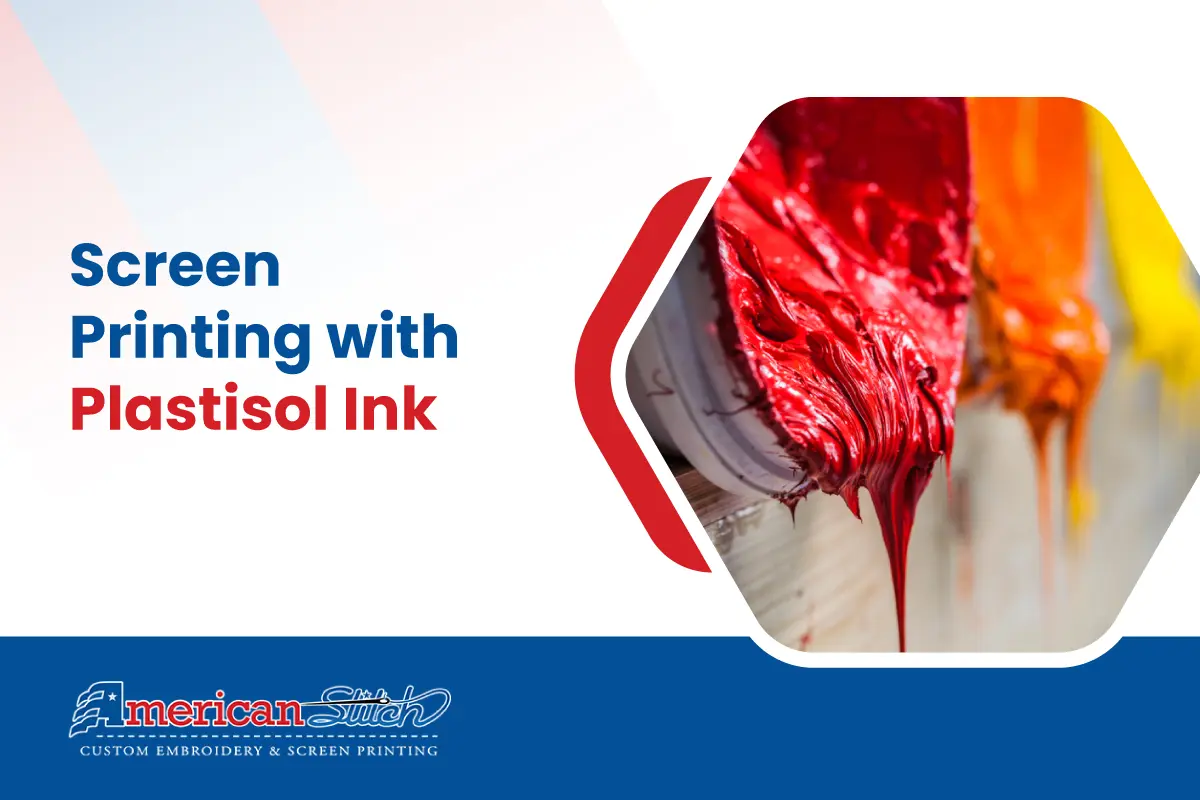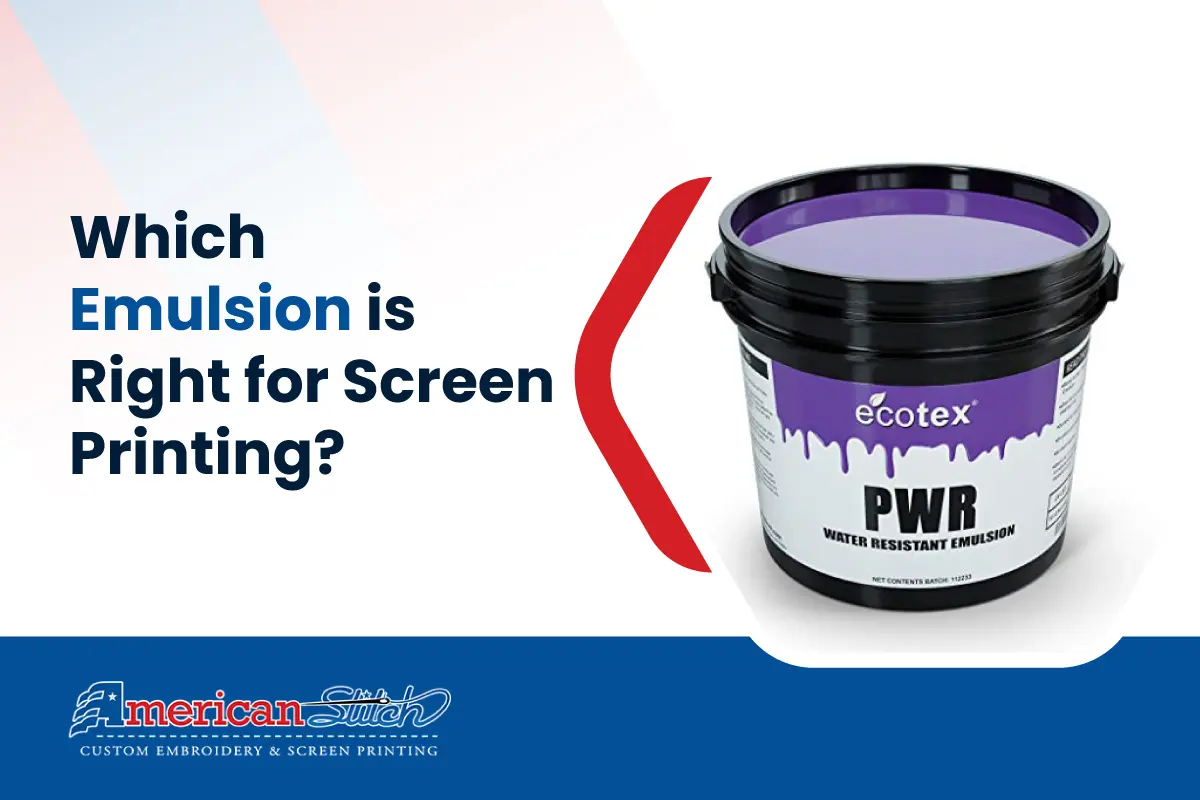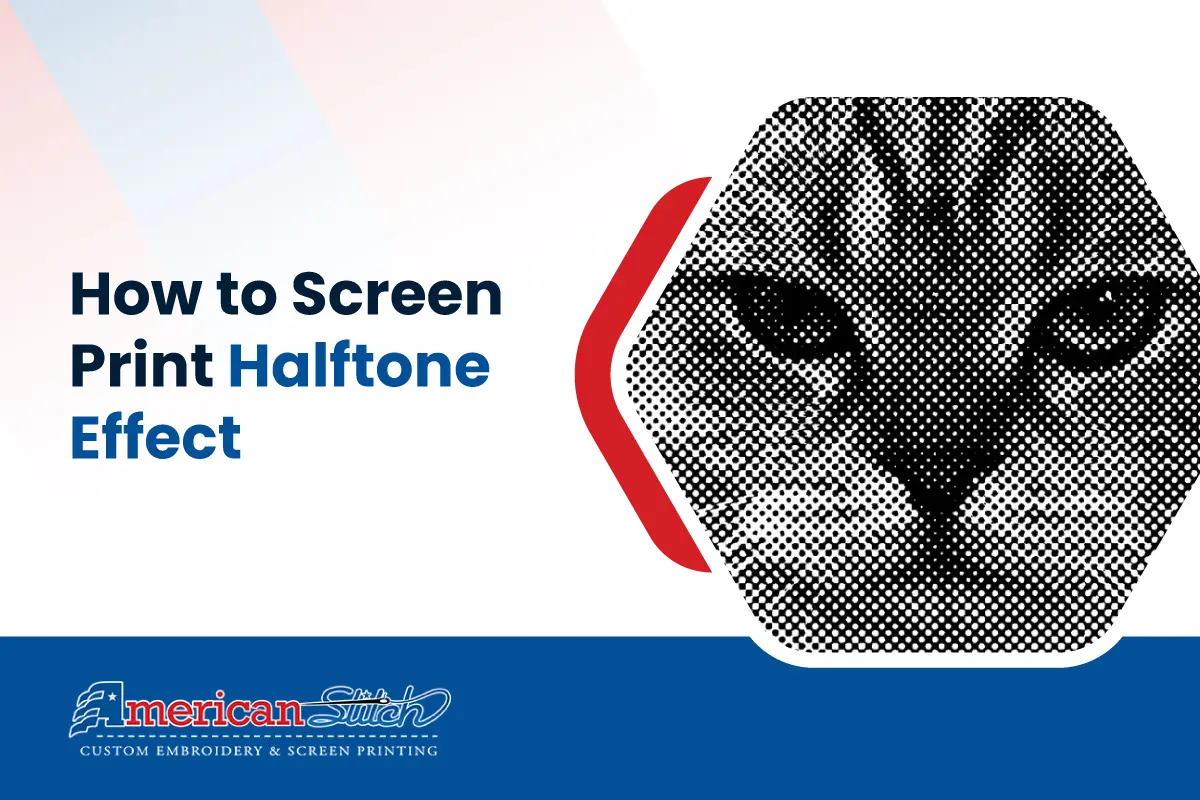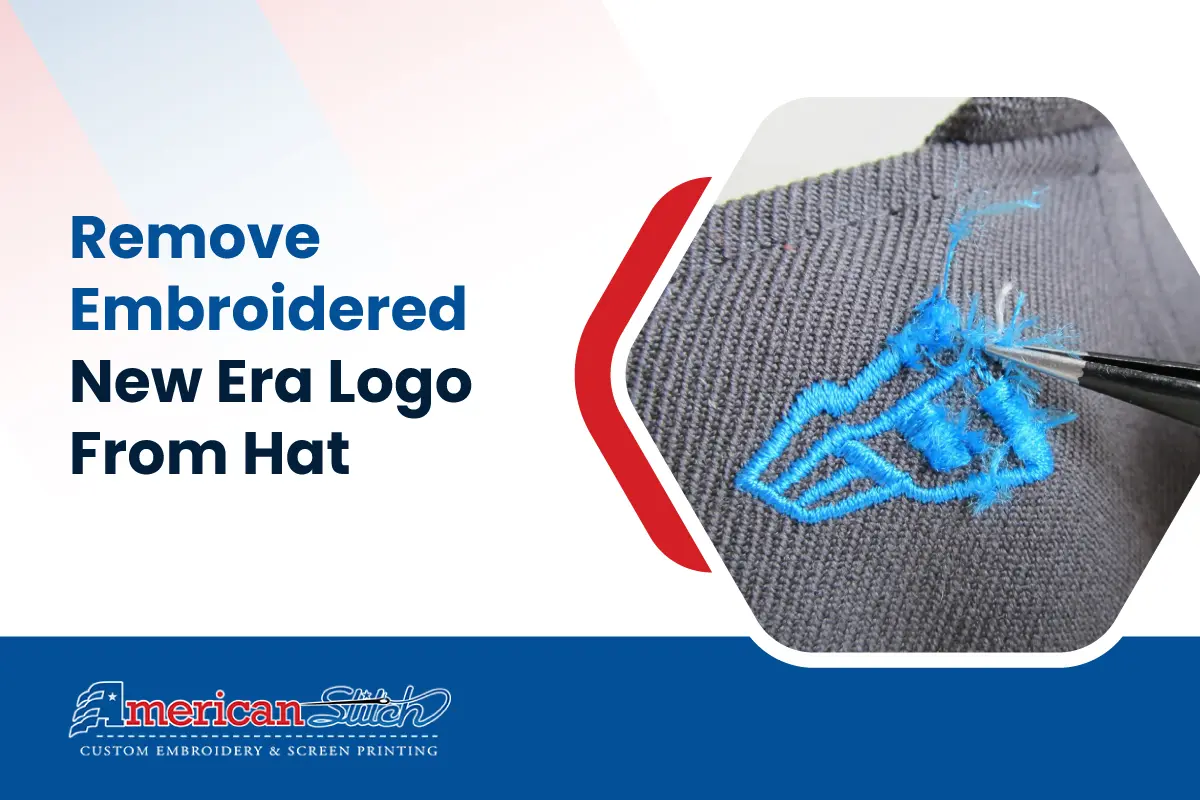Plastisol ink is a widely used ink in the screen printing industry, renowned for its versatility, durability, and vibrant finish. Its unique properties make it a favorite among professionals seeking to create high-quality prints on a variety of fabrics. This guide delves into the intricate details of printing with plastisol ink, offering insights and best practices for achieving optimal results.
Table of Contents
What Is Plastisol Ink?
Plastisol ink is a PVC-based ink composed of polyvinyl chloride (PVC) particles suspended in a plasticizer. This composition gives plastisol its distinct characteristics, including:
- Opacity: Offers excellent coverage on both light and dark fabrics.
- Durability: Resistant to washing, making it ideal for garments that undergo frequent laundering.
- Flexibility: Remains flexible after curing, preventing cracks and maintaining the integrity of the print.
Essential Equipment for Plastisol Ink Printing
To achieve superior results with plastisol ink, it is crucial to have the right equipment. Key tools include:
- Screen Printing Press: Ensures precise alignment and consistency across prints.
- Screens and Mesh: Select mesh count based on the detail and texture of the design.
- Squeegees: Use different durometers to control ink deposits.
- Flash Cure Unit: Helps gel the ink between colors or before final curing.
- Conveyor Dryer: Essential for curing the ink to achieve its final durability and washability.
Step-by-Step Process of Printing with Plastisol Ink
1. Preparation of the Screen
Start with a clean, degreased screen. Apply emulsion evenly and let it dry in a dark room. Once dry, expose the screen to UV light using a film positive of your design. After exposure, rinse the screen to reveal the stencil.
2. Setting Up the Print
Secure the screen onto the printing press. Align the substrate (e.g., t-shirt) on the platen and adjust the screen for proper registration. Ensure the screen is tightly secured to prevent any movement during printing.
3. Applying Plastisol Ink
Load the plastisol ink onto the screen. Use a squeegee to flood the screen with ink, ensuring an even coat over the stencil. Press the squeegee down firmly and pull it across the screen to transfer the ink onto the substrate.
4. Flash Curing
Flash cure the print to gel the ink, preventing it from smearing when additional colors are added. The flash curing process typically takes 5-10 seconds at around 320°F (160°C).
5. Curing the Ink
Once all colors are printed, the garment must be cured in a conveyor dryer. Proper curing requires the ink to reach 320°F (160°C) for about 1-2 minutes. This step ensures the ink fully sets and bonds with the fabric.
6. Post-Print Inspection
Inspect the final product for any defects or inconsistencies. Perform a stretch test to check for proper curing. A correctly cured print will stretch without cracking.
Tips for Optimizing Plastisol Ink Prints
Choosing the Right Mesh Count
Selecting the appropriate mesh count is crucial for achieving the desired print quality. Finer meshes (200-305) are ideal for detailed designs and halftones, while coarser meshes (110-160) are suitable for bold, opaque prints.
Ink Additives and Modifiers
Various additives can enhance the performance of plastisol ink:
- Reducer: Lowers the viscosity for smoother prints.
- Thickener: Increases viscosity for more texture and opacity.
- Stretch Additive: Improves flexibility for athletic wear.
- Phthalate-Free Options: Eco-friendly alternatives for safety and compliance.
Proper Storage and Handling
Store plastisol ink in a cool, dry place to extend its shelf life. Always stir the ink before use to ensure consistency. Avoid contamination by keeping containers sealed when not in use.
Common Issues and Troubleshooting
Ink Not Curing Properly
Ensure the dryer temperature and dwell time are adequate. Use a temperature gun to verify that the ink reaches 320°F (160°C).
Print Smearing
Check the off-contact distance between the screen and the substrate. Ensure the screen is not shifting during the printing process.
Poor Coverage
Adjust the mesh count or squeegee pressure. Thicker inks may require multiple passes or under-base prints for better opacity.
Environmental and Safety Considerations
While plastisol ink is popular for its performance, it contains PVC and phthalates, which have raised environmental concerns. Opt for phthalate-free plastisol inks to mitigate health risks and comply with safety regulations. Additionally, ensure proper ventilation in the printing area to avoid inhaling fumes.
Conclusion
Printing with plastisol ink offers numerous advantages, from vibrant, durable prints to versatility across various substrates. By understanding the properties of plastisol ink, utilizing the right equipment, and following best practices, you can achieve exceptional results in your screen printing projects. Embrace the tips and techniques outlined in this guide to master the art of plastisol ink printing and elevate the quality of your prints.
Frequently Asked Questions
Can plastisol ink be used on all types of fabrics?
Plastisol ink works best on cotton and cotton-blend fabrics. It can also be used on polyester and other synthetic materials, but special care must be taken to prevent dye migration, where the fabric dye bleeds into the ink. This often requires the use of low-bleed or polyester-specific plastisol ink.
What mesh count should I use for plastisol ink?
The mesh count you choose depends on the detail and opacity of your design. For detailed designs and fine lines, a higher mesh count (200-305) is recommended. For bolder, more opaque prints, a lower mesh count (110-160) works best.
How can I prevent plastisol ink from cracking?
To prevent plastisol ink from cracking, ensure it is properly cured at the right temperature and duration. Additionally, using a stretch additive can improve the ink’s flexibility, making it more suitable for stretchy fabrics and athletic wear.
Is plastisol ink environmentally friendly?
Traditional plastisol ink contains PVC and phthalates, which are not environmentally friendly. However, there are phthalate-free plastisol inks available that are safer for the environment and comply with safety regulations. Proper ventilation and handling procedures should also be followed to minimize health risks.
How do I clean screens and tools after using plastisol ink?
Plastisol ink does not air-dry, so it remains workable until it is cured with heat. To clean screens and tools, use a plastisol ink remover or a solvent-based cleaner. Always wear protective gloves and work in a well-ventilated area when handling these chemicals.
Can I mix plastisol inks to create custom colors?
Yes, plastisol inks can be mixed to create custom colors. It’s important to thoroughly mix the inks to ensure a uniform color. Some manufacturers also provide mixing systems and formulas to help achieve precise color matching.
How should plastisol ink be stored?
Store plastisol ink in a cool, dry place, away from direct sunlight. Keep the containers tightly sealed when not in use to prevent contamination and drying out. Proper storage can extend the shelf life of the ink.




